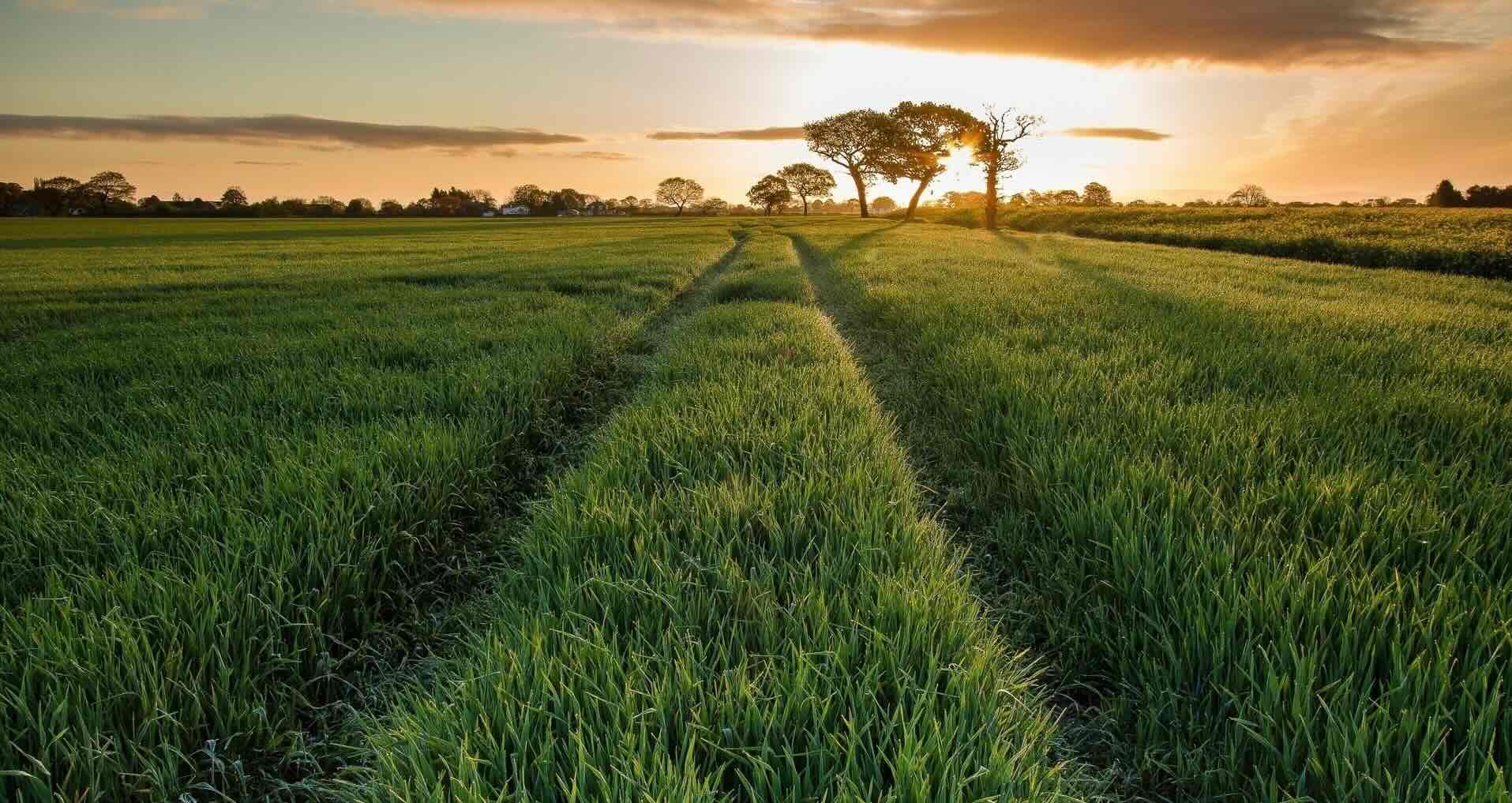
What is fallowing? Fallowing is a farming practice where land is left unplanted for a period to restore its fertility. This method helps the soil recover nutrients, improves its structure, and reduces the buildup of pests and diseases. Farmers often rotate crops and use fallowing to maintain the health of their fields. By allowing the land to rest, they can ensure better yields in future planting seasons. Fallowing has been used for centuries and remains a vital technique in sustainable agriculture. Curious about how this ancient practice benefits modern farming? Read on to uncover 36 fascinating facts about fallowing!
What is Fallowing?
Fallowing is an agricultural practice where land is left unplanted for a period to restore its fertility. This method has been used for centuries to improve soil health and increase crop yields.
-
Ancient Practice: Fallowing dates back to ancient civilizations like Mesopotamia and Egypt, where farmers understood the need to let the land rest.
-
Soil Health: Leaving land fallow helps replenish nutrients in the soil, making it more fertile for future crops.
-
Weed Control: Fallowing can reduce weed growth by depriving them of the conditions they need to thrive.
-
Moisture Retention: Unplanted land can retain moisture better, which is beneficial in dry climates.
-
Pest Management: Fallowing disrupts the life cycles of pests, reducing their populations.
Types of Fallowing
Different types of fallowing are practiced depending on the region and the specific needs of the land.
-
Bare Fallow: Land is left completely unplanted and weed-free, often through tilling.
-
Green Fallow: Cover crops are planted to protect the soil and add organic matter.
-
Brown Fallow: Weeds are controlled but some vegetation is allowed to grow.
-
Chemical Fallow: Herbicides are used to control weeds instead of tilling.
-
Seasonal Fallow: Land is left unplanted during a specific season, usually the dry season.
Benefits of Fallowing
Fallowing offers numerous benefits that contribute to sustainable farming practices.
-
Nutrient Cycling: Fallowing allows natural processes to recycle nutrients back into the soil.
-
Erosion Control: Unplanted land can reduce soil erosion by wind and water.
-
Improved Soil Structure: Fallowing helps improve soil structure, making it easier for roots to penetrate.
-
Biodiversity: Fallow land can become a habitat for various species, increasing biodiversity.
-
Reduced Chemical Use: By controlling pests and weeds naturally, fallowing can reduce the need for chemical inputs.
Historical Significance
Fallowing has played a crucial role in the development of agriculture throughout history.
-
Medieval Europe: The three-field system in medieval Europe included a fallow period to maintain soil fertility.
-
Ancient China: Chinese farmers used fallowing as part of their crop rotation practices.
-
Indigenous Practices: Many indigenous cultures around the world have used fallowing as a sustainable farming method.
-
Colonial America: Early American settlers adopted fallowing to manage their new farmlands.
-
Modern Adaptations: Today, fallowing is integrated into modern sustainable farming practices.
Environmental Impact
Fallowing can have a significant positive impact on the environment.
-
Carbon Sequestration: Fallow land can capture and store carbon, helping mitigate climate change.
-
Water Quality: By reducing runoff, fallowing can improve water quality in nearby streams and rivers.
-
Air Quality: Less tilling and chemical use can lead to better air quality.
-
Wildlife Habitat: Fallow fields can provide habitat for birds, insects, and other wildlife.
-
Pollinator Support: Flowering cover crops in green fallow can support pollinators like bees and butterflies.
Challenges of Fallowing
Despite its benefits, fallowing also presents some challenges for farmers.
-
Economic Loss: Leaving land unplanted can result in short-term economic loss for farmers.
-
Weed Management: Managing weeds without crops can be difficult and labor-intensive.
-
Soil Compaction: In some cases, fallowing can lead to soil compaction if not managed properly.
-
Pest Habitat: While fallowing can reduce some pests, it can also provide habitat for others.
-
Climate Variability: Changing weather patterns can affect the effectiveness of fallowing.
Modern Innovations
Modern technology and research have led to new ways of implementing fallowing.
-
Precision Agriculture: Technology allows for more precise management of fallow periods.
-
Cover Crop Innovations: New types of cover crops are being developed to enhance the benefits of green fallow.
-
Soil Sensors: Sensors can monitor soil health and determine the optimal time for fallowing.
-
Integrated Pest Management: Combining fallowing with other pest management strategies can be more effective.
-
Sustainable Certification: Some sustainable farming certifications require fallowing as part of their standards.
-
Research and Development: Ongoing research continues to improve fallowing practices and their benefits.
Final Thoughts on Fallowing
Fallowing, a practice with ancient roots, remains vital for sustainable farming. By giving soil a break, farmers boost its health, reduce pests, and improve crop yields. This method also helps conserve water and reduce erosion, making it a win-win for both the environment and agriculture.
Understanding fallowing's benefits can inspire more farmers to adopt this practice, leading to healthier soils and more resilient food systems. Whether you're a farmer, gardener, or just curious about sustainable practices, knowing about fallowing can deepen your appreciation for the intricate balance of nature.
So, next time you see a field lying fallow, remember it's not just empty land. It's a strategic pause, a step towards a more sustainable future. Embrace the wisdom of fallowing and contribute to a greener, more productive world.
Was this page helpful?
Our commitment to delivering trustworthy and engaging content is at the heart of what we do. Each fact on our site is contributed by real users like you, bringing a wealth of diverse insights and information. To ensure the highest standards of accuracy and reliability, our dedicated editors meticulously review each submission. This process guarantees that the facts we share are not only fascinating but also credible. Trust in our commitment to quality and authenticity as you explore and learn with us.
